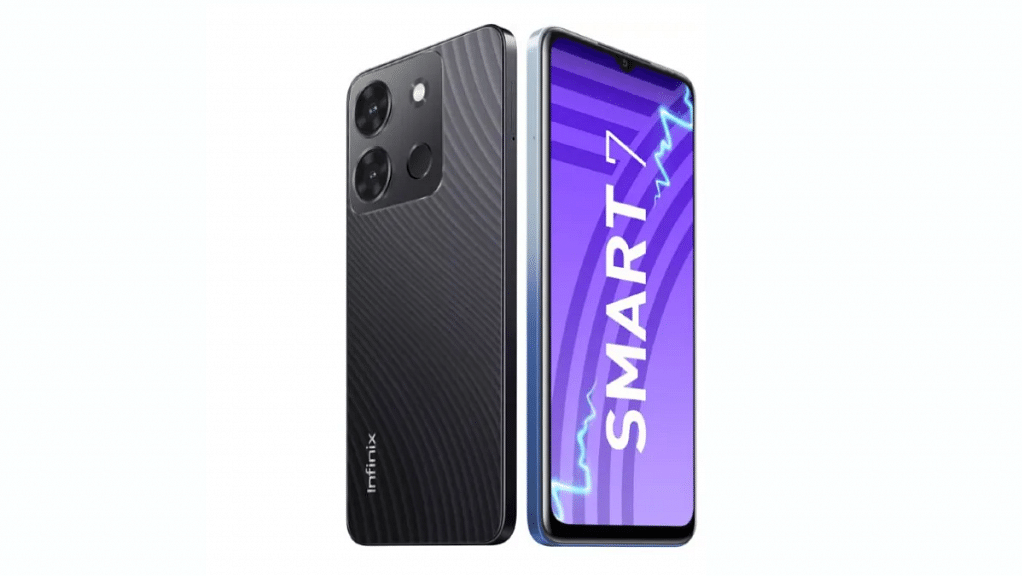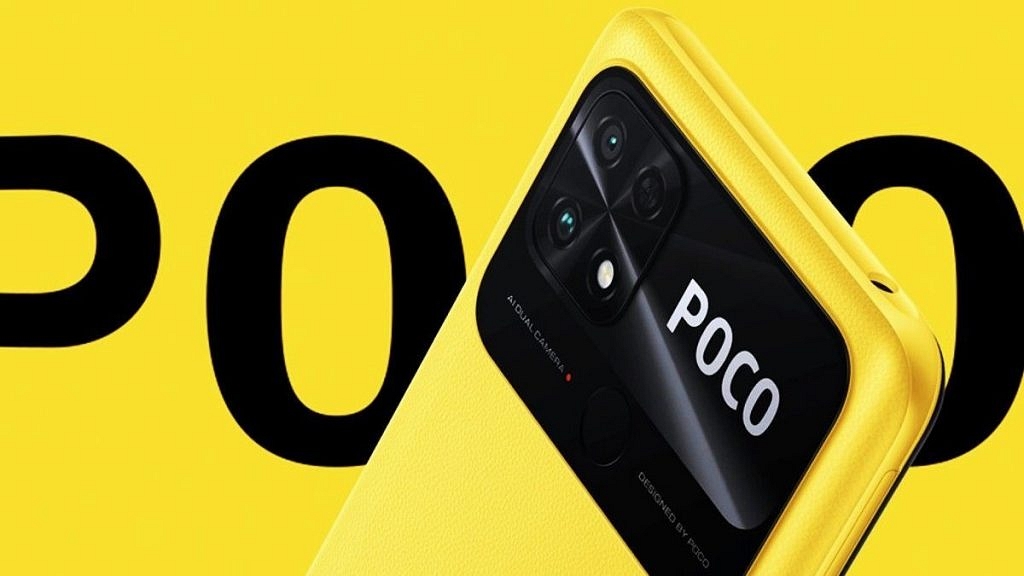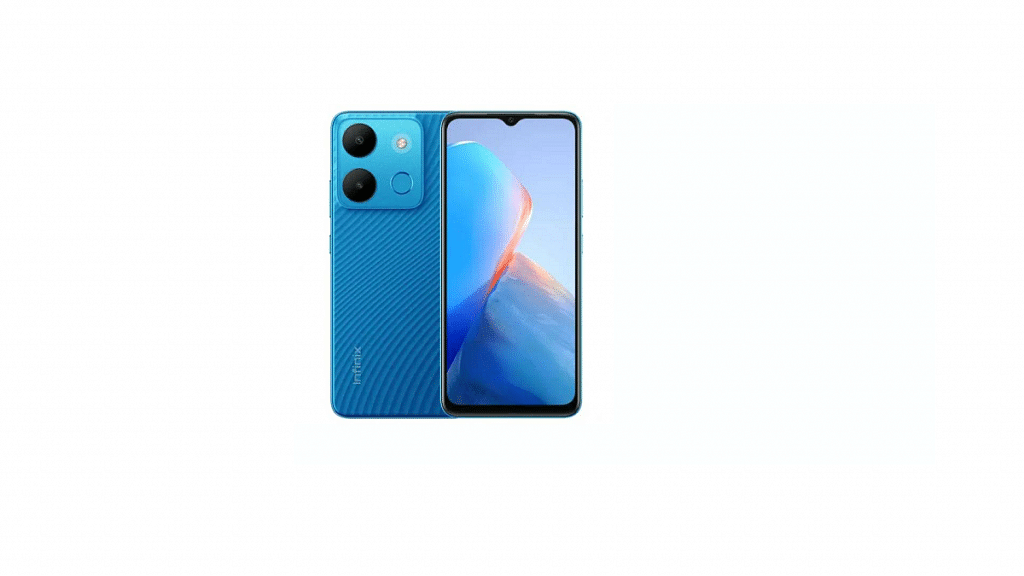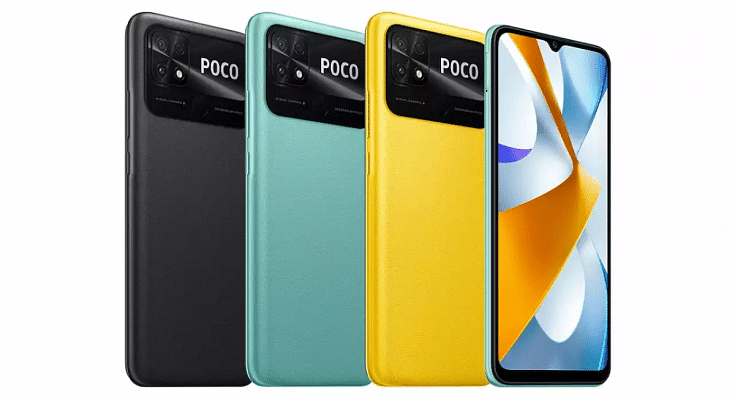The first half of 2023 seems to be hectic for smartphone OEMs. We have witnessed a plethora of new handsets in the last two months. Infinix and Poco are the two brands battling in the sub Rs. 10,000 categories with their latest entry-level Android phones. The former launched the Smart 7 yesterday in the country, while the latter released the Poco C50 last month. Both these phones are laced with decent hardware but which one is a better value-for-money deal? Here in this comparison article we have broken down the pointers for you:
Poco C50 Vs Infinix Smart 7: Display Comparison
| Model | Infinix Smart 7 | Poco C50 |
| Display | 6.6-inch HD+ LCD | 6.5-inch HD+ LCD |
| Camera | 13MP dual rear, 5MP selfie | 8MP dual rear, 5MP selfie |
| Chipset | Unisoc SC9863A1 | MediaTek Heli A22 |
| Battery | 6,000 mAh | 5,000 mAh |
| Price | Rs. 6,249 | Rs. 7,299 |
We don’t find much difference when the display panel of both phones are compared. The Poco C50 has a 6.52-inch LCD display with 720 x 1600 pixels HD+ resolution and a 60Hz refresh rate. The display resolution offered by the Infinix Smart 7 is the same as the Poco C50; so is the LCD panel type. However, the screen size is bigger at 6.6-inch. For a larger screen, the Infinix Smart 7 will be a better pick. But overall viewing experience on both phones will be similar.
Also Read: Poco C50 Vs Vivo Y1s: Trending Budget Smartphone Competition
Poco C50 Vs Infinix Smart 7: Camera Comparison

The Poco C50’s dual rear camera setup features an 8MP main camera with an f/2.0 aperture and a 0.08MP additional sensor for depth mapping. The Infinix Smart 7 has a bigger 13MP main camera at the rear combined with a 0.3MP depth lens. With the larger main sensor, the Infinix Smart 7’s image clarity could be better. As for the selfie camera, both Poco C50 and the Infinix Smart 7 has a 5MP main sensor with an f/2.0 aperture. This setup is adequate for general self-portrait shots.
Also Read: OPPO Reno 8T Vs Poco X4 Pro 5G: Best Premium Mid-Range Android Phone
Poco C50 Vs Infinix Smart 7: Battery, Chipset

Poco C50 uses the MediaTek Helio A22 chipset for performance delivery which is combined with PowerVR GE8320 GPU for graphics. Poco has packed this entry-level phone with 2GB/ 3GB RAM and 32GB built-in memory. It has a dedicated microSD card slot for storage expansion.
Infinix, on the other hand, has integrated the Unisoc SC9863A1 mobile processor inside the Smart 7. This phone has a total of 7GB RAM (4GB physical/ 3GB virtual) and 64GB storage. This entry-level mobile processor is built on a 28nm process compared to the 12nm process used by the Helio A22.
Also Read: Galaxy F23 5G Vs Redmi Note 11 Pro Plus Vs Poco X4 Pro 5G: This Should Be Your Pick Under Rs. 20,000
For general calling and internet browsing, the Poco C50 and the Smart 7 are well-equipped. Also, if you wish to use the standard Android version, the Infinix Smart 7 with Android 12 OS is what you need to consider. The Poco C50 has an Android 12 (Go Edition).
In the battery segment too, Infinix Smart 7 takes a lead with the 6,000 mAh unit. The Poco C50 has a 5,000 mAh battery module.
Also Read: Tecno Spark Go 2023 Vs Poco C50 Vs Samsung Galaxy A04: Entry-Level Android Phone Comparison
Poco C50 Vs Infinix Smart 7 Final Verdict: The Better Deal?

The Poco C50 price in India starts at Rs. 6,249, while the Infinix Smart 7 can be purchased starting at Rs. 7,299 in the country. Both these phones are good when we consider the spec sheet. However, the Inifnix Smart 7 has a bigger battery and display and features regular Android 12 OS instead of Android Go Edition.
Also Read: Nokia X30 5G Vs Poco X4 Pro 5G Vs Nokia G60 Comparison: Mid-Range 5G Phone You Should Consider
